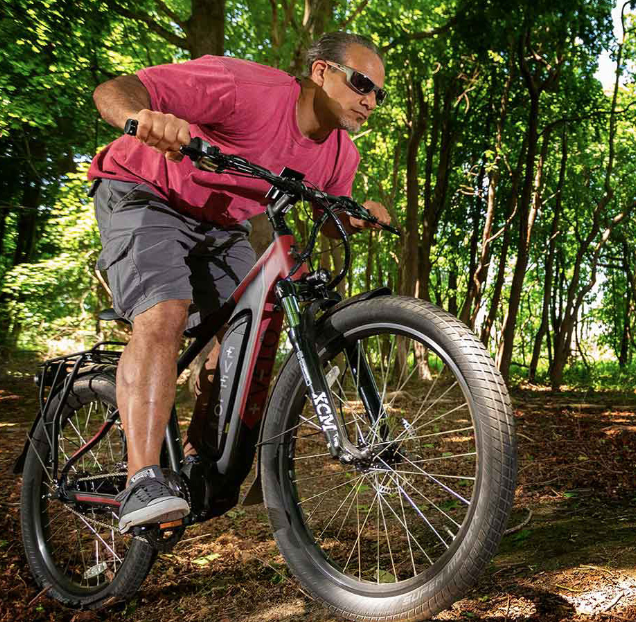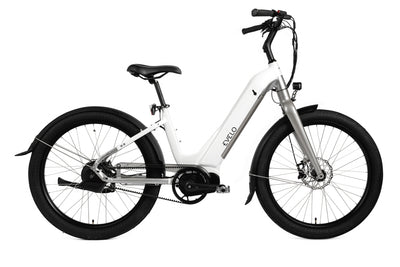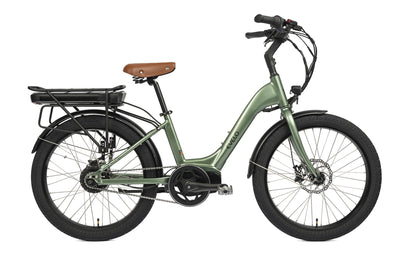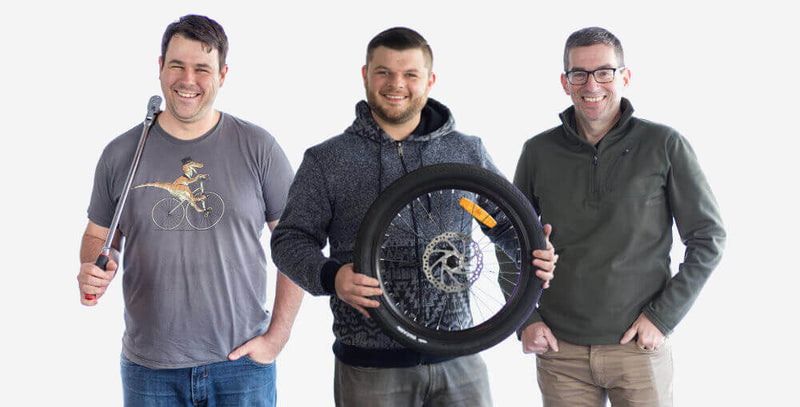Before you begin cycling, you need to get the right bike. Here’s how to make sure the bike you choose will help you reach your goals.
What Type of Bike Do You Need?
One of the best things about bikes is that they are incredibly versatile. There are bikes designed for virtually any type of riding you can imagine, and they’ll all contribute to improved health and fitness.
Some of the main questions you need to answer before selecting your bike is where you plan to ride and what type of riding you want to do. For example, do you want to ride on rough and rocky trails? If so, you’ll need a mountain bike. Alternatively, if you want to ride exclusively on roads or smooth paved trails, and you want to go as fast as possible, you’ll be in the market for a road bike. Looking for something that can handle a little bit of every- thing? Go with an all-purpose, hybrid-style bike.
Here’s an overview of the primary types of bicycles available, as well as the kind of riding each one is best for:
| TYPE OF BIKE | TERRAIN | KING OF RIDING | BIKE CHARACTERISTICS |
| Road bike | Roads and smooth, paved trails | Road riding; typically oriented around going fast and covering large distances | Lightweight; large circumference wheels; skinny, smooth tires; no suspension; drop handlebars for a bent-over, aggressive riding posture; designed to maximize speed |
| Mountain bike | Off-road terrain, often with obstacles like rocks, sharp turns, and tree roots | Mountain biking, including cross-country and downhill | Heavy duty frames; big, rugged tires; often includes suspension; flat handlebars for a more upright riding posture; designed to take a beating and keep rolling |
| All-purpose bike | Road riding as well as some light off-road terrain or mixed-surface paths | Anything from daily commuting to leisurely rides and longer-distance rides | Somewhere in between road bikes and mountain bikes—more robust than a road bike, but built for greater speed than a mountain bike; typically a more upright and comfortable riding posture |
| Electric bike | Depending on the specific model, can be road bike, mountain bike, or all-purpose bike; electric bikes are unique because they use electric motors to assist the rider | Electric bikes can be used for virtually any type of riding | Electric bikes are defined by the use of lightweight, high-efficiency, electric motors to provide pedal assistance; these motors can be installed onto road bikes, mountain bikes, or all-purpose bikes. |
To break things down further, the road bike category includes:
- Racing bikes - Designed for high speed, competitive riding. These bikes are very lightweight and aerodynamic.
- Endurance bikes - These are basically the slightly less aggressive brother of racing bikes. You’ll still get a lightweight, aerodynamic bike geared toward speed and efficiency, but expect a more comfortable, less bent-over riding posture.
- Touring bikes - Designed for multiday, ultra-long bicycle trips where you’re typically hauling overnight gear. These bikes look similar to a regular road bike, but will typically use heavier, sturdier materials and a slightly different geometry to make it more comfort- able to ride for many hours at a time.
- Single speed or fixed gear - These bikes are typically very close to a racing bike, but instead of having multiple gears, they only have one speed. A single speed bike lets you coast, whereas a fixed gear bike requires you to pedal the entire time the wheels are turning.
The mountain bike category includes:
- Cross country bikes - Designed for long climbs and rugged descents. They usually include suspension and are lighter than their downhill counterparts.
- Downhill bikes - Downhill bikes are heavy-duty and incredibly rugged. They’re built exclusively to navigate extremely rough and difficult downhill terrain and are not good for climbing. You only need a downhill bike if you’re riding hardcore downhill trails.
The all-purpose bike category includes:
- Cruisers - Designed for leisurely cruising, these bikes typically include fat tires, comfort- able seats, heavier components, and a very upright riding posture. They are not built for extreme climbs or descents.
- Cargo bikes - Heavy-duty bikes with features designed to accommodate hauling a lot of stuff around.
- Hybrids - Hybrid bikes aim to strike the perfect balance between a road bike’s speed and efficiency with the heavy-duty ruggedness of a mountain bike. This makes them excellent all-purpose bikes. With that said, they won’t be as fast or smooth on pavement as a road bike, and they won’t perform as well off-road as a mountain bike. Typically, hybrids are best for daily commuting and frequent riding on roads and smooth bike paths.
- Cyclocross - Cyclocross bikes are essentially road bikes that have been beefed up to ride on smooth dirt trails and grass. In many cases, this makes them excellent for daily commuting and all-purpose riding.
And finally, the electric bike category can include pretty much any and all bikes. If it’s equipped with an electric motor, it’s an electric bike. These days, electric bike manufacturers are designing a wide range of bikes ideal for cyclists of all levels and styles.
Get the Right Fit for Your Body
Once you’ve figured out the type of bike that’s right for you, it’s critical to find a bike that fits. There are three main components to sizing a bike:
- Standover height - Lift one leg up and over the top horizontal tube of the bike so that you’re straddling the frame. For a traditional style frame, a gap of 1-2 inches between the top of the frame and your body is recommended. For step through frames, this advice is not applicable, since there is no top tube to straddle.
- Seat height - To set the seat height, start with a quick test ride. Pay attention to how far your knees are bending as you pedal. You should never fully lock your knees. Instead, there should be a slight bend in your knee when your pedal is at its lowest position.
- Riding posture - Riding posture deals with how far over you must bend your upper body to grip the handlebars. Look for a fit that does not require you to bend over so much that it strains your back or neck, or places a lot of stress on your wrists or hands. But remember, different types of bikes are designed for different riding postures. For example, a racing bike will typically have a more bent-over aggressive posture, while a cruiser will give you a very upright posture. Again, it all comes down to your goals and what you want out of your cycling experience. Regardless of the bicycle’s design, if your bike fits right it should not cause you pain or discomfort.



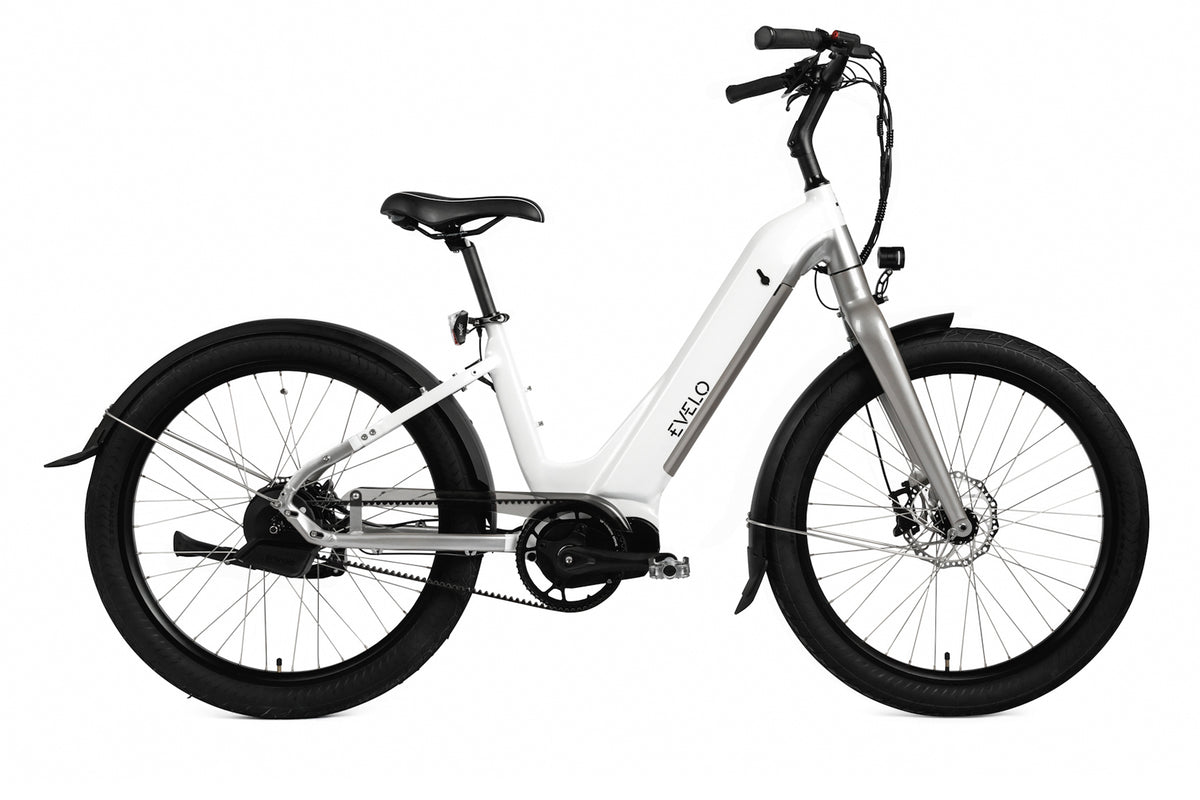
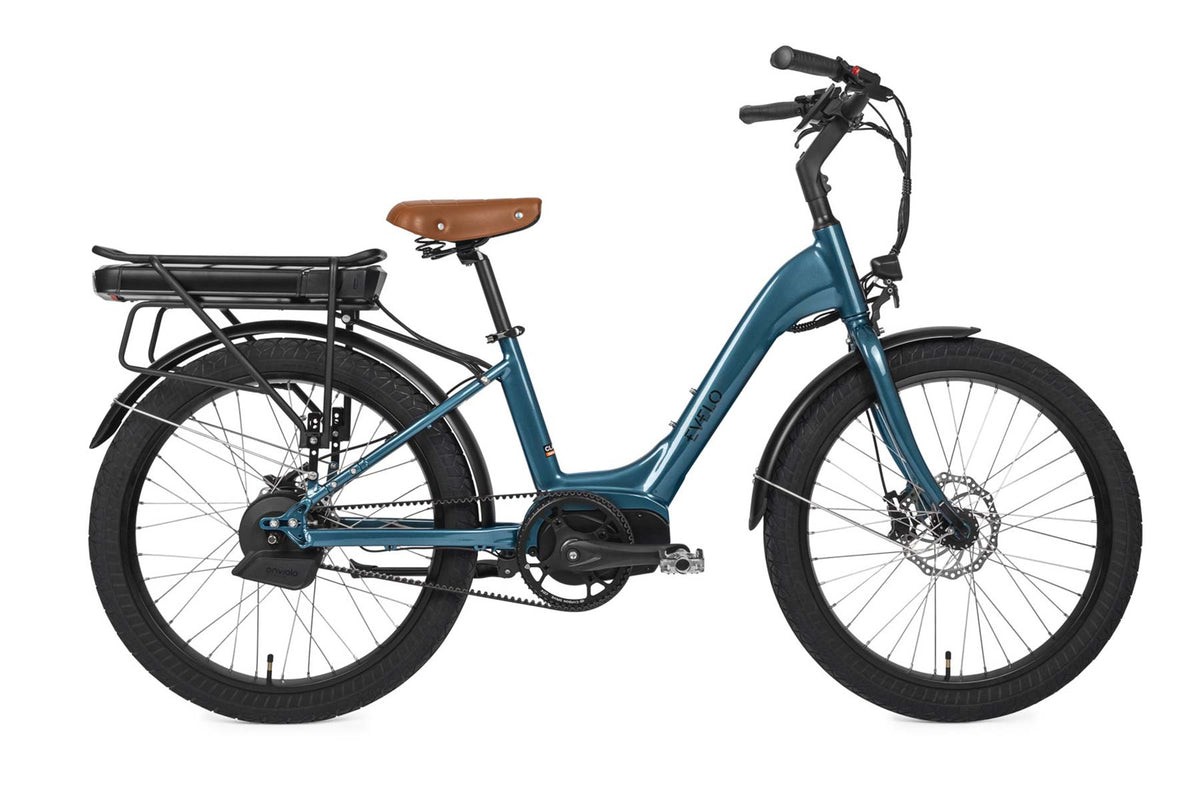


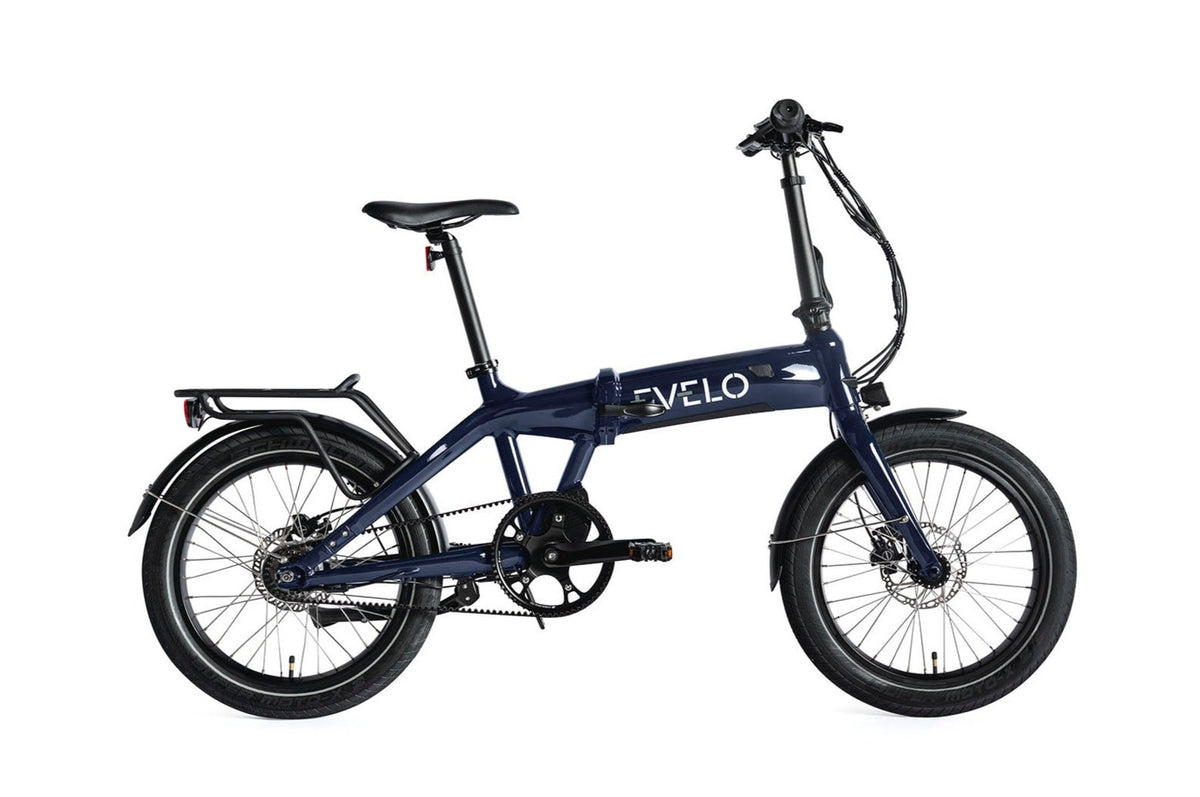
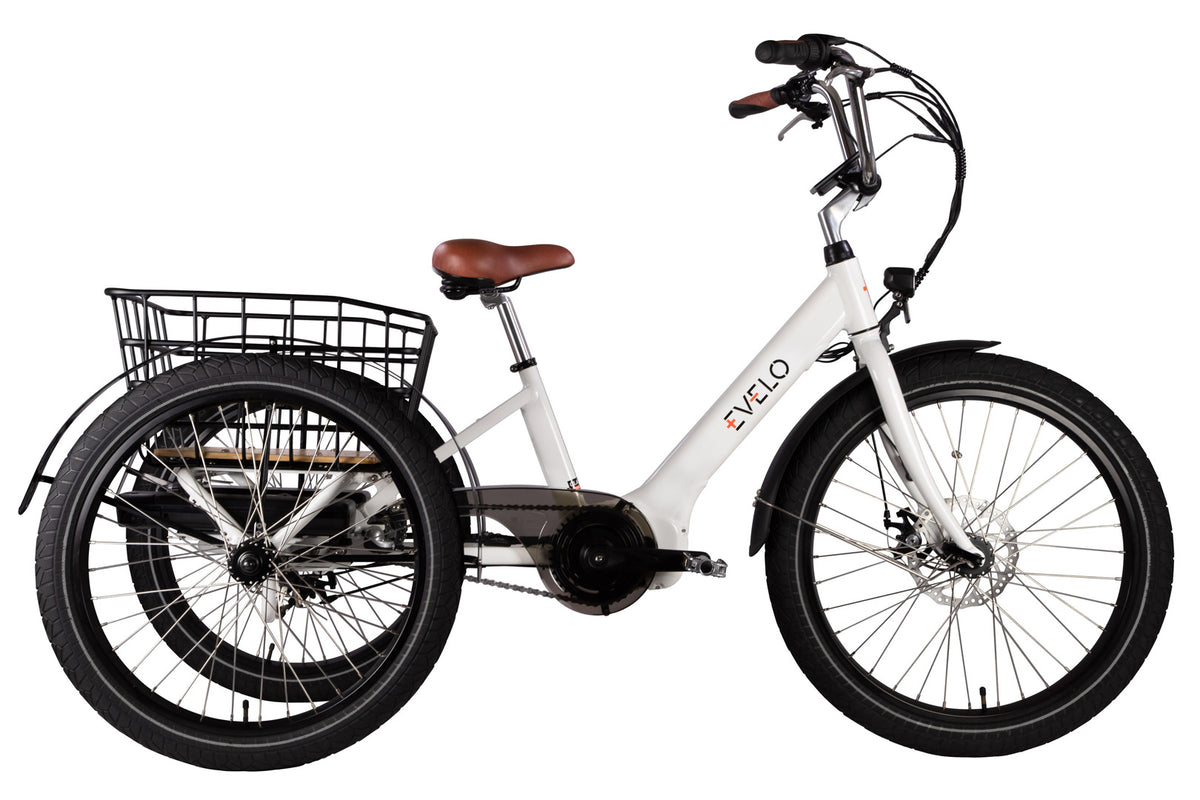
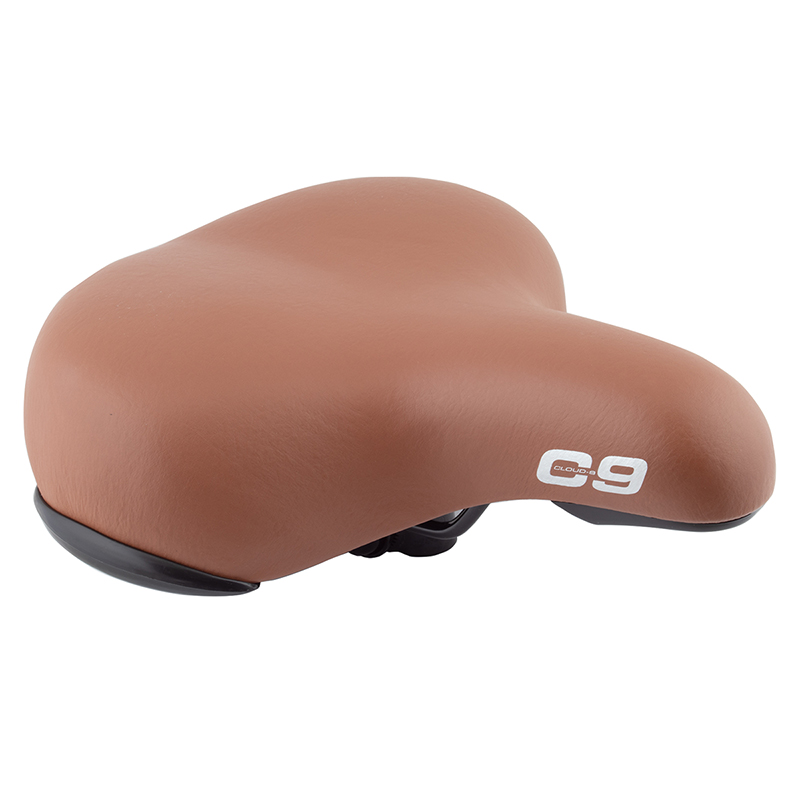
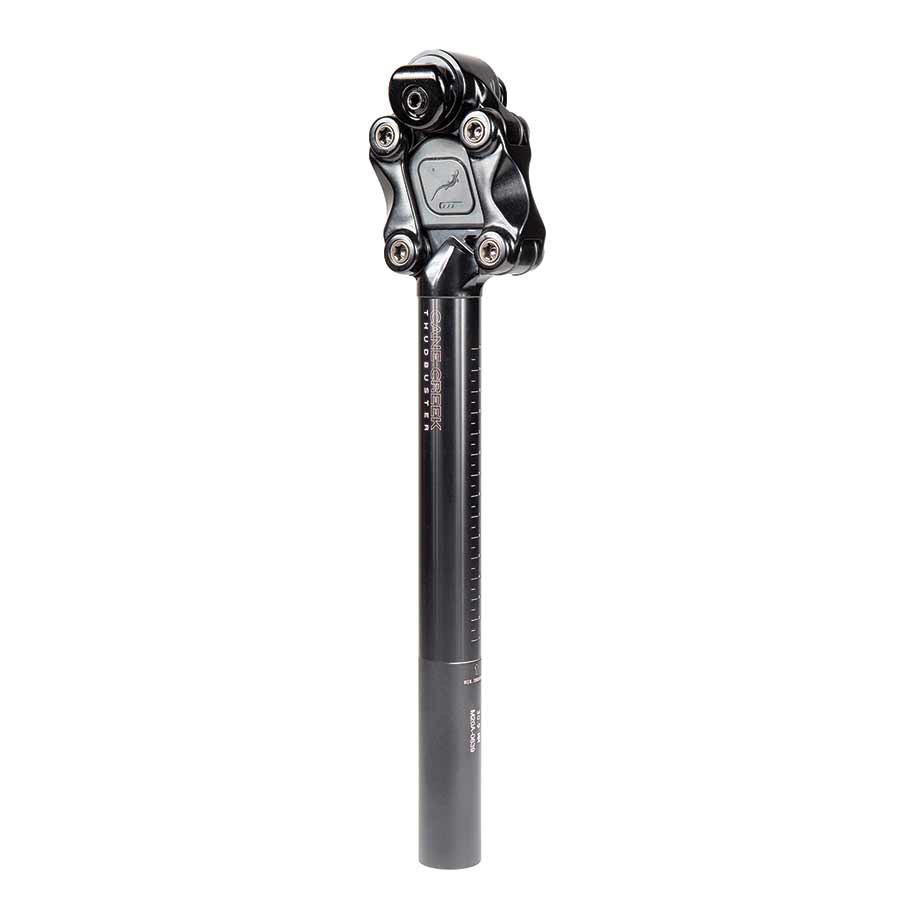
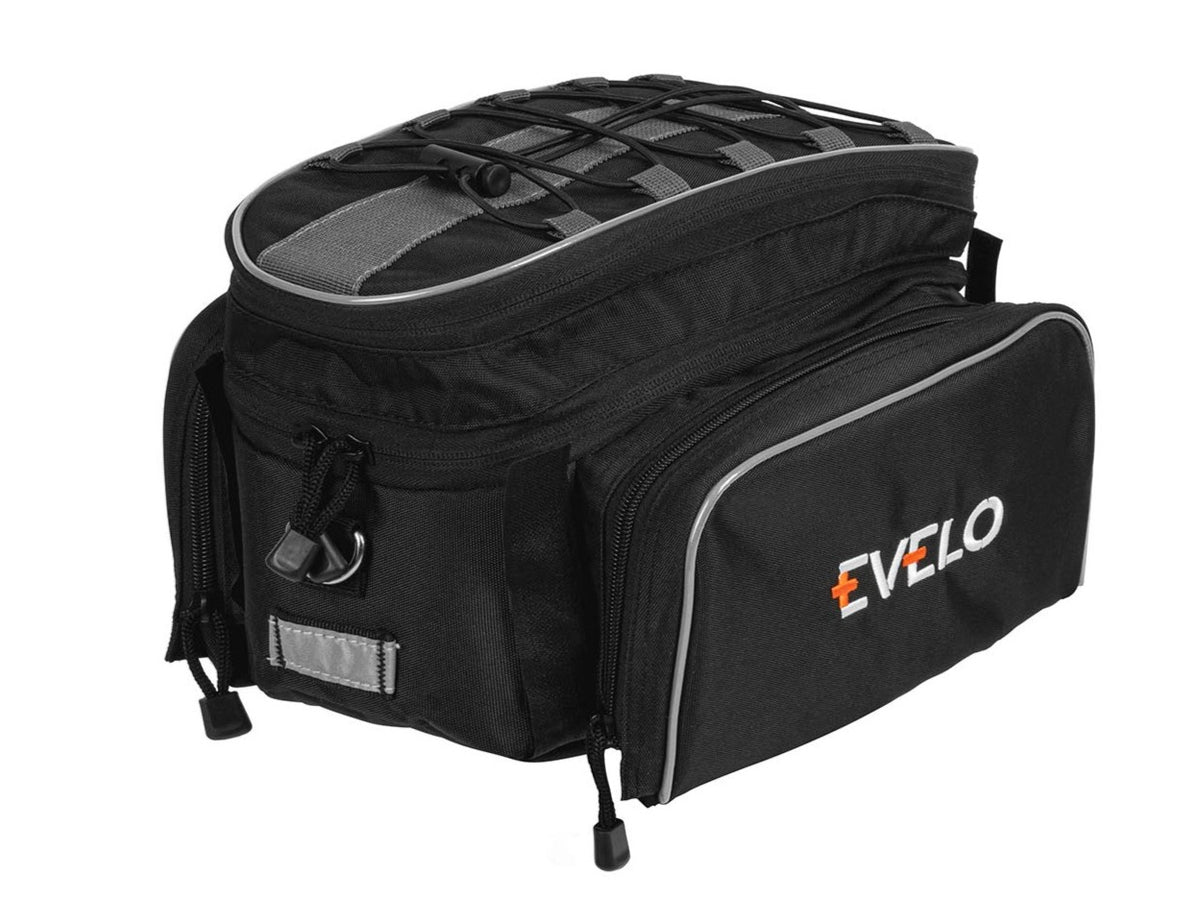
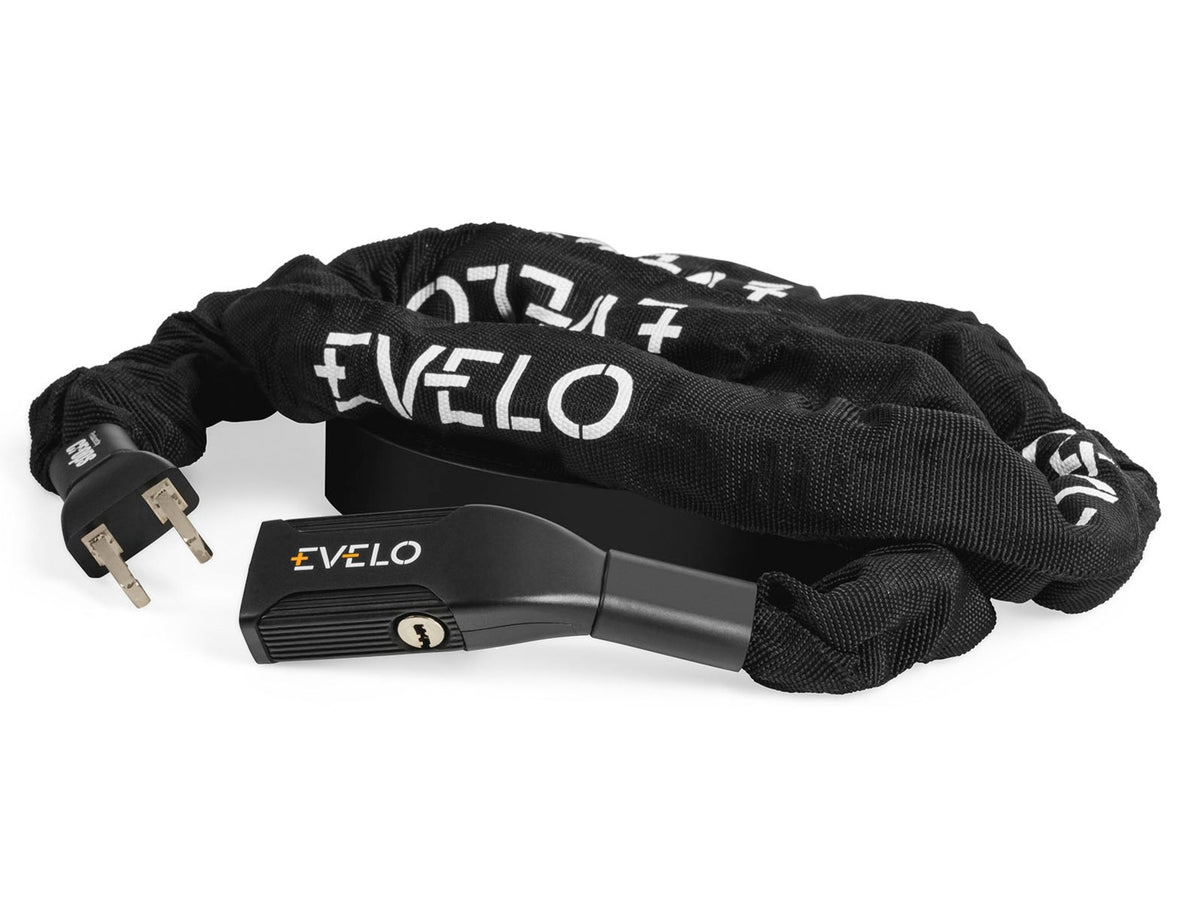


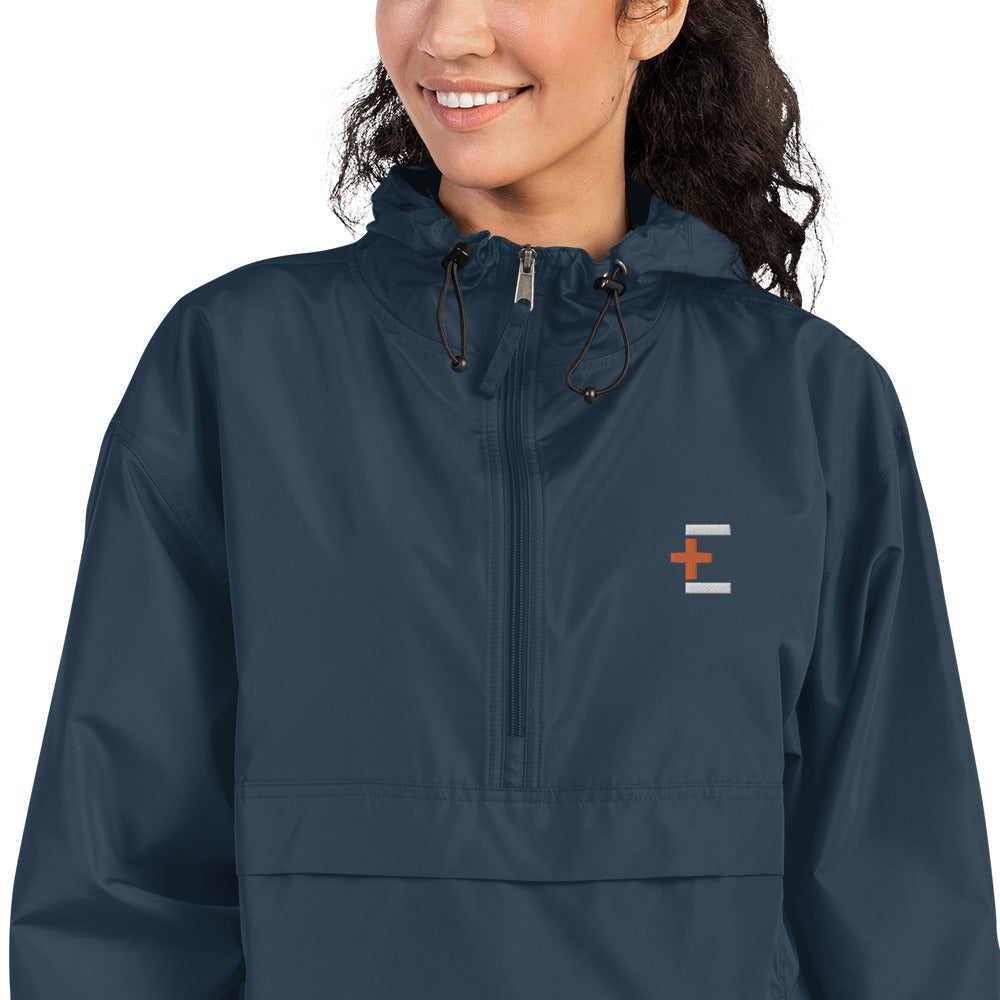
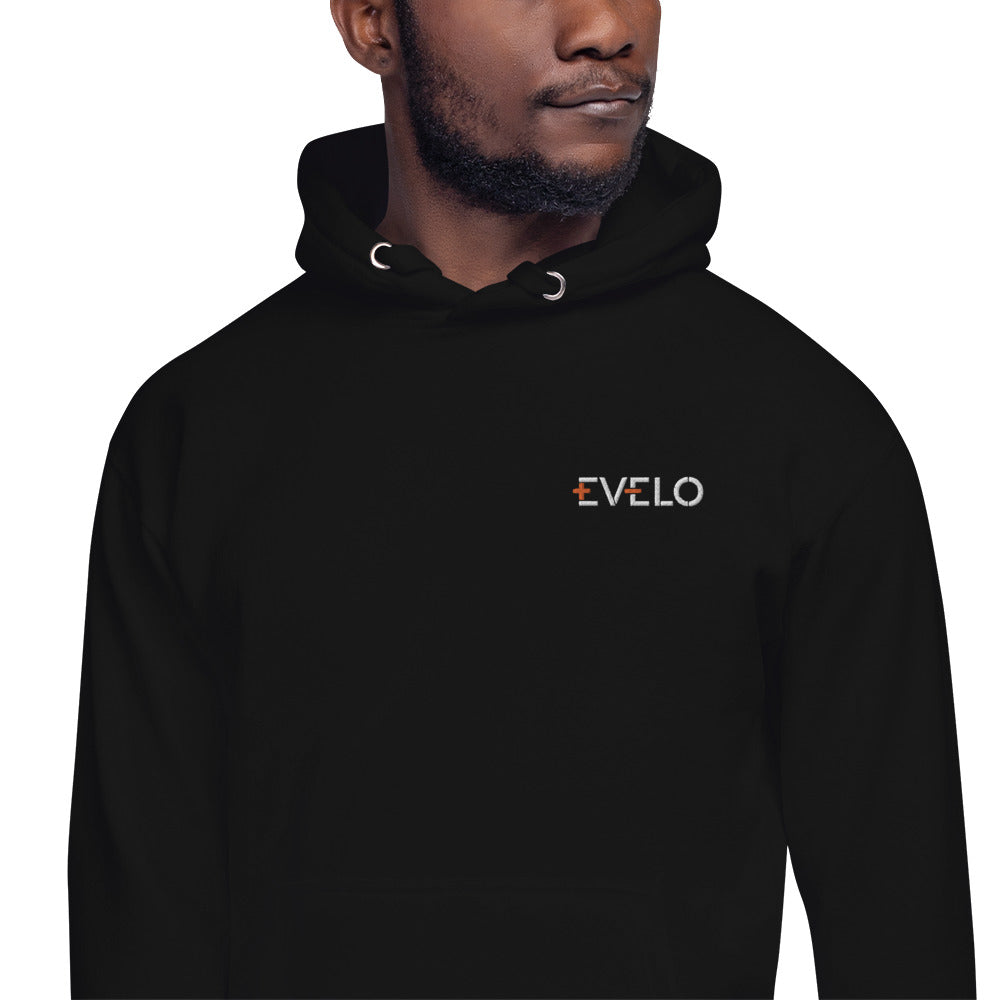
 Easy Assembly
Easy Assembly
 Service and Repairs
Service and Repairs
 Ebike Articles & Content
Ebike Articles & Content



